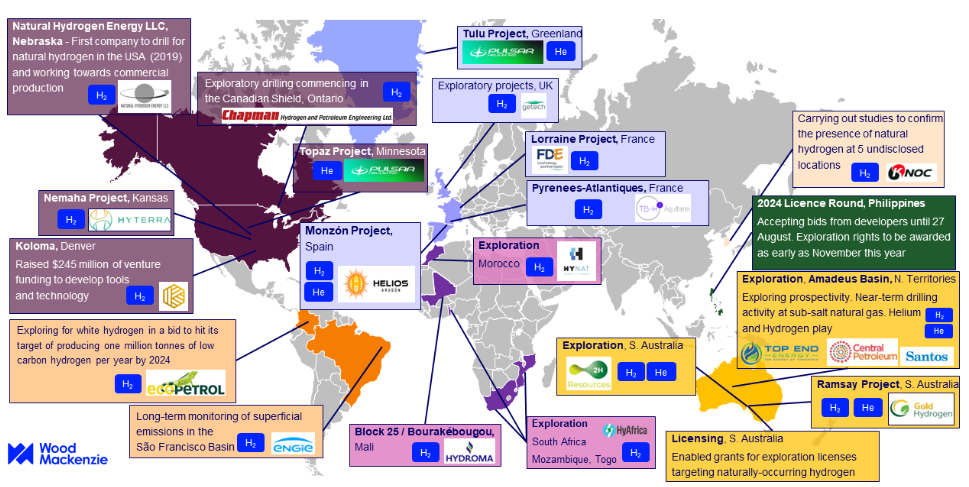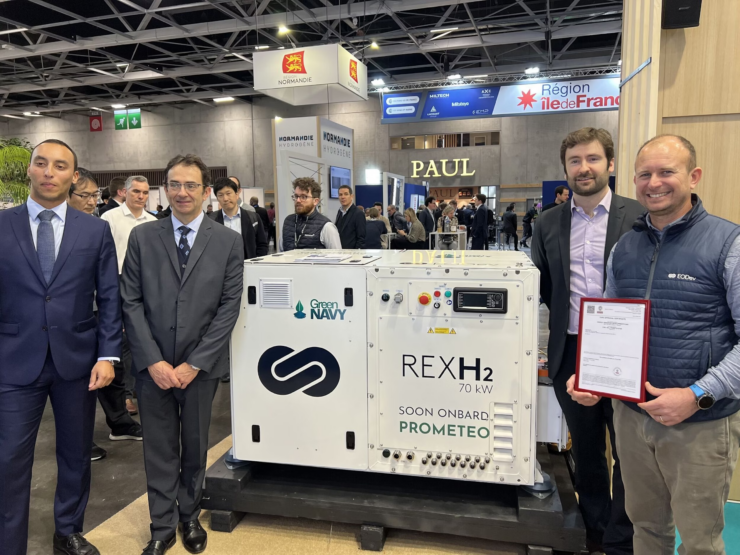France has recently unveiled a significant deposit of natural hydrogen, often referred to as “white hydrogen,” in the Lorraine region. With all the recent struggles of green hydrogen, white hydrogen feels like a dream scenario that could boost world-wide adoption of hydrogen in all applications including shipping. In my view the potential is so great, it should become a European moonshot approach: get white hydrogen out of the ground at industrial scale by 2035.
Understanding White Hydrogen
White hydrogen is naturally occurring molecular hydrogen found in the Earth’s crust, formed through various geological processes. Unlike green hydrogen, which is produced via electrolysis using renewable energy, or gray hydrogen, derived from natural gas, white hydrogen is extracted directly from underground deposits. This direct extraction can lead to lower production costs and reduced environmental impact.
Details of the French Discovery
In the Lorraine region, researchers have identified a substantial reservoir of natural hydrogen. Estimates suggest this deposit could contain up to 250 million tonnes of hydrogen, sufficient to meet current global demand for over two years. This finding not only underscores France’s potential in the clean energy sector but also highlights the country’s commitment to innovative energy solutions.
Cost Implications of White Hydrogen Production
One of the most compelling aspects of white hydrogen is its cost-effectiveness. Current extraction costs range between $0.50 to $1 per kilogram, depending on factors like deposit depth and purity. This positions white hydrogen as a competitive alternative to both gray and green hydrogen:
- Gray Hydrogen: Produced from natural gas, its costs have risen due to fluctuating gas prices, now averaging around €6 per kilogram.
- Green Hydrogen: Produced via electrolysis using renewable energy, it remains relatively expensive, with costs ranging from $6 to $12 per kilogram.
Implications for the Future
The discovery of white hydrogen in France could significantly influence the global energy market by providing a more affordable and cleaner energy source. If harnessed effectively, it has the potential to reduce reliance on fossil fuels, decrease greenhouse gas emissions, and accelerate the transition to a sustainable energy future.
France’s search for white hydrogen is not an isolated occurrence, as the map below shows. More details available here.

In conclusion, France’s recent discovery of white hydrogen not only highlights the country’s potential in the renewable energy sector but also offers a glimpse into a future where clean, cost-effective energy is accessible on a global scale.

